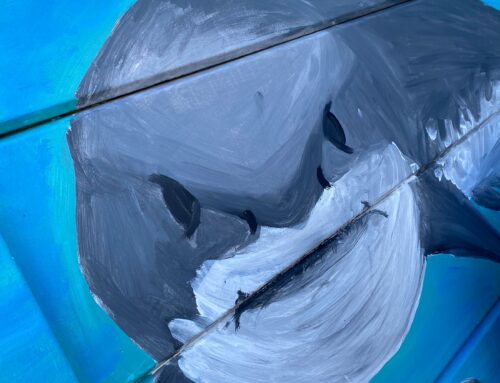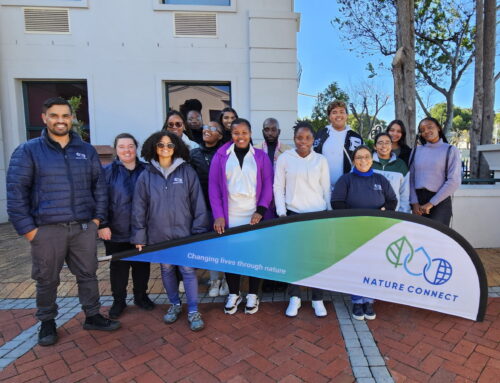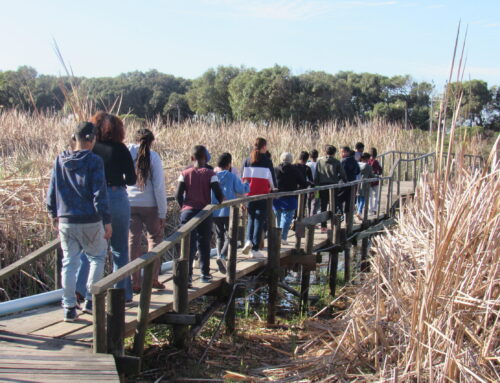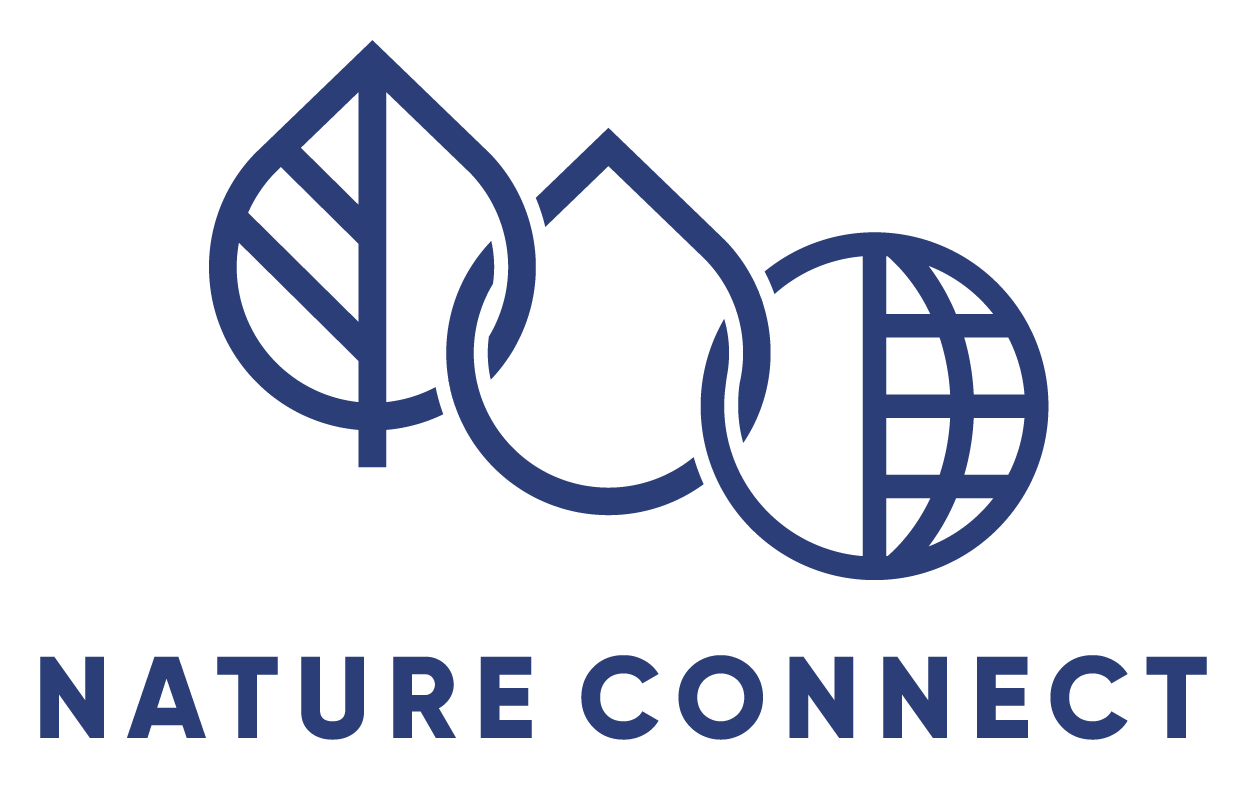Written by Kim Gordon
Save The Frogs Day is the world’s largest day of amphibian education and conservation action. This is definitely something that Nature Connect can directly relate to. Earlier this month, we completed the second phase of our innovative amphibian tunnels placed under roadways, which focused on providing safe passage to the Endangered Western Leopard Toad (Sclerophrys pantherina). It is the first of its kind in Africa and proves that we are taking conservation action to heart.
The Western Leopard Toad is a type of frog in the Order Anura, along with all other frogs (and toads). Have you ever wondered what the difference is between frogs and toads? Well, while true frogs live in water throughout the year, toads migrate between their foraging habitat on land and their breeding habitat in water. Frogs have strong, long, webbed hind feet and are great jumpers and swimmers, whereas toads have stubby bodies and short hind legs used for walking instead of hopping. Frog skin is smooth or slimy, and they lay eggs in clusters or individually, whilst toads have dry skin with wart-like protrusions and lay eggs in strings.
The Western Leopard Toad is threatened throughout most of its range by general development and habitat degradation. In the urban environment, fragmentation restricts foraging and movement of toads and can lead to the isolation and loss of populations and breeding sites. The Western Leopard Toad is currently listed as Endangered on the IUCN Red List. The greatest threat to their population is road mortality during the annual breeding season when the toads move from garden habitats to their local breeding ponds. This movement takes place during the winter months, whereas many Western Leopard Toads live in suburban gardens for the rest of the year, enjoying the leaf litter, compost heaps, and shrubbery, foraging for their food (insects, snails, and worms). During these mass movements, many toads die as they are squashed while attempting to cross roads.
Between 2021 and 2023, Nature Connect placed five amphibian tunnels under Peninsula Road in Zeekoevlei, Cape Town, to assist in providing a route under the road through which the toads can safely pass, thus mitigating the carnage. This project was made possible through generous funding from Leisure Charitable Trust, Foundation Ensemble, and the Mohamed bin Zayed Species Conservation Fund. Various City of Cape Town departments were also instrumental in the process when it came to expert advice and wayleave permissions before we could go ahead with constructing these tunnels for amphibian conservation. We had the pleasure of having Alderman Eddie Andrews (Deputy Mayor and MMC: Spatial Planning and Environment) visit the newly installed tunnels earlier this month in Zeekoevlei; he was impressed. Take a look back at some of our recent posts to follow the progress and see pictures of the tunnel installation.
Some exciting news is that we have recently received further funding to put in an additional tunnel in the near future. Watch this space!
How you can help in saving frogs and toads:
- Create a pond in your garden
- Add mulch to your garden (leaves and bark) which will create habitat for the toads
- Grow a vegetable patch to encourage insects
- Create a habitat log pile
- Be careful on the roads during the breeding season and drive slowly in known breeding areas
- Create a hole at the base of your garden boundary for the toads to travel through
- Toads are good for your garden as they control the bug population
- Install a Toad Saver in your pool – a piece of groundsheet material hung over the edge of your pool, with one end hanging into the water, secured with a brick or marine glue at the pool’s edge
- Record your sightings on iNaturalist and join the WLT Monitoring project: https://www.inaturalist.org/projects/wlt-monitoring
- Join a local volunteer group to assist with the breeding season night patrols and monitoring (July to September), for contact details visit: https://www.inaturalist.org/posts/17407-western-leopard-toad-volunteer-groups
Here are a few interesting facts and pictures:
DID YOU KNOW that each Western Leopard Toad has their own unique spots, just like a leopard!
Western Leopard Toad call:
Example of home-made Toad saver secured with marine glue:
Example of home-made Toad saver secured with brick:
Adult male Western Leopard Toad:
Western Leopard Toadlet
Adult female WLT scaled to R5 coin
Alderman Eddie Andrews visiting the new tunnels in April.
Photo credits: Google Images, Kim Gordon and Dalton Gibbs.












